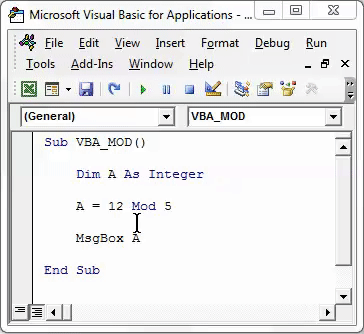Uncover the Secrets of Rotoscoping
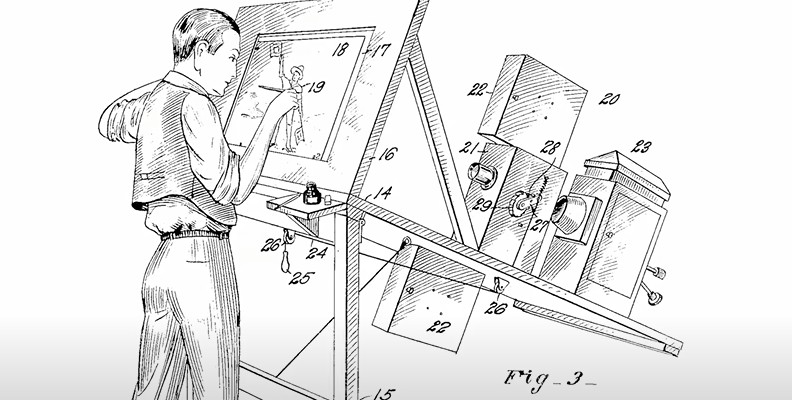
Rotoscoping, a fascinating and intricate technique in the world of animation and visual effects, has a rich history and a powerful impact on modern cinema. This process, often misunderstood and underappreciated, involves a meticulous manual effort that transforms live-action footage into stunning animated sequences. Let's delve into the depths of rotoscoping, exploring its origins, its evolution, and its continued relevance in today's digital age.
A Historical Perspective: The Birth of Rotoscoping
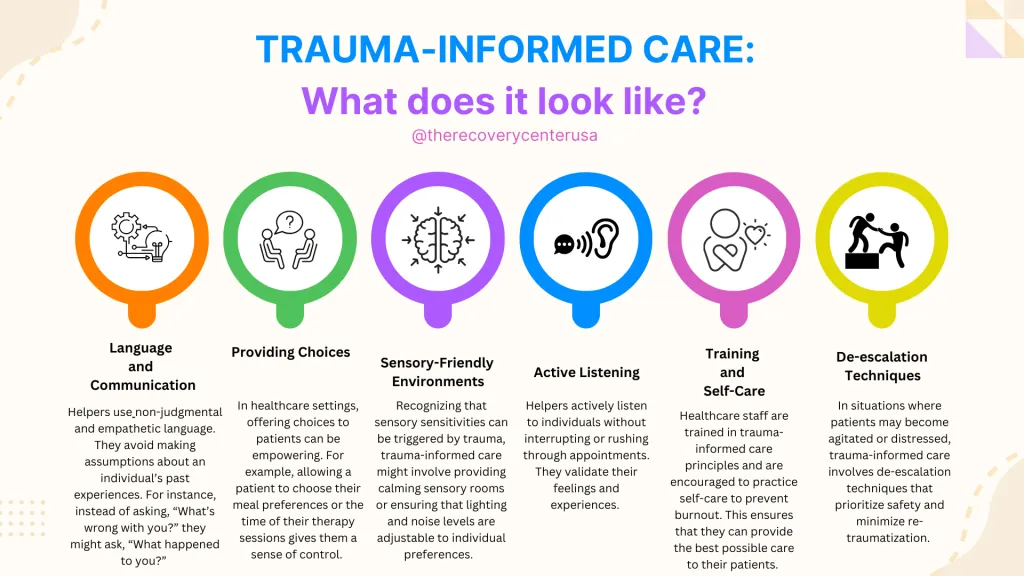
The roots of rotoscoping trace back to the early 20th century, specifically to the innovative mind of Max Fleischer. Fleischer, a pioneer in the animation industry, developed this technique in the 1910s as a way to bring greater realism and fluidity to animated motion. The process involved projecting live-action footage onto a glass panel, over which animators would trace the movement frame by frame. This groundbreaking method allowed animators to capture the intricacies of human motion, paving the way for more lifelike and dynamic animations.
Fleischer's creation of the rotoscope, a device that facilitated this tracing process, revolutionized the animation industry. It enabled animators to study and replicate the natural movements of actors, dancers, and athletes, thus elevating the quality of animated films and cartoons. The rotoscope's impact was immediate and profound, with Fleischer using it to create iconic characters like Betty Boop and Koko the Clown.
Evolution and Modern Applications
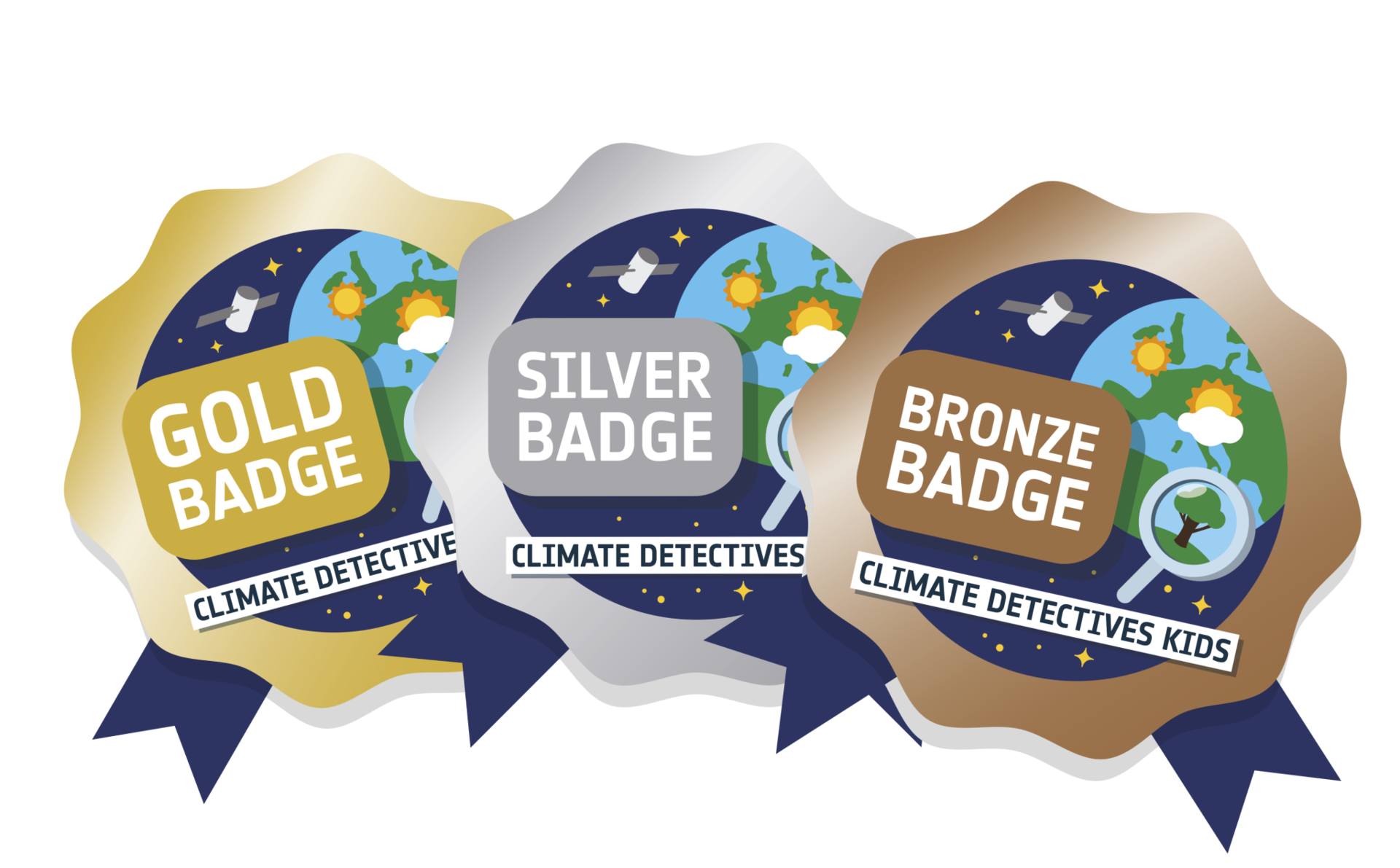
As technology advanced, so did the art of rotoscoping. The advent of digital tools and software revolutionized the process, making it more accessible and efficient. Digital rotoscoping, which involves using specialized software to trace and manipulate live-action footage, has become a cornerstone of modern visual effects and animation.
Today, rotoscoping is an indispensable tool in the filmmaker's arsenal. It's used extensively in various industries, from feature films and television to video games and advertising. The process allows artists to isolate specific elements within a scene, be it a character, a prop, or a background, and manipulate them separately. This capability opens up a world of creative possibilities, enabling filmmakers to achieve stunning visual effects, seamlessly blend live-action with animation, and create unique, captivating visuals.
Key Applications of Rotoscoping
- Visual Effects: Rotoscoping is crucial for creating realistic visual effects, such as adding digital elements like fire, water, or special powers to live-action scenes.
- Character Animation: It allows animators to create lifelike movements for characters, ensuring a seamless blend of live-action and animation.
- Green Screen Compositing: Rotoscoping is used to isolate and key out green screen backgrounds, making it easier to composite different elements into a scene.
- Color Grading: By selectively applying color corrections and adjustments to specific areas, rotoscoping enhances the overall visual appeal and mood of a scene.
| Industry | Rotoscoping Use Cases |
|---|---|
| Film | Visual effects, character animation, compositing |
| Television | Special effects, green screen work, motion graphics |
| Gaming | Creating realistic character movements, animating complex scenes |
| Advertising | Product visualization, unique visual effects to capture attention |
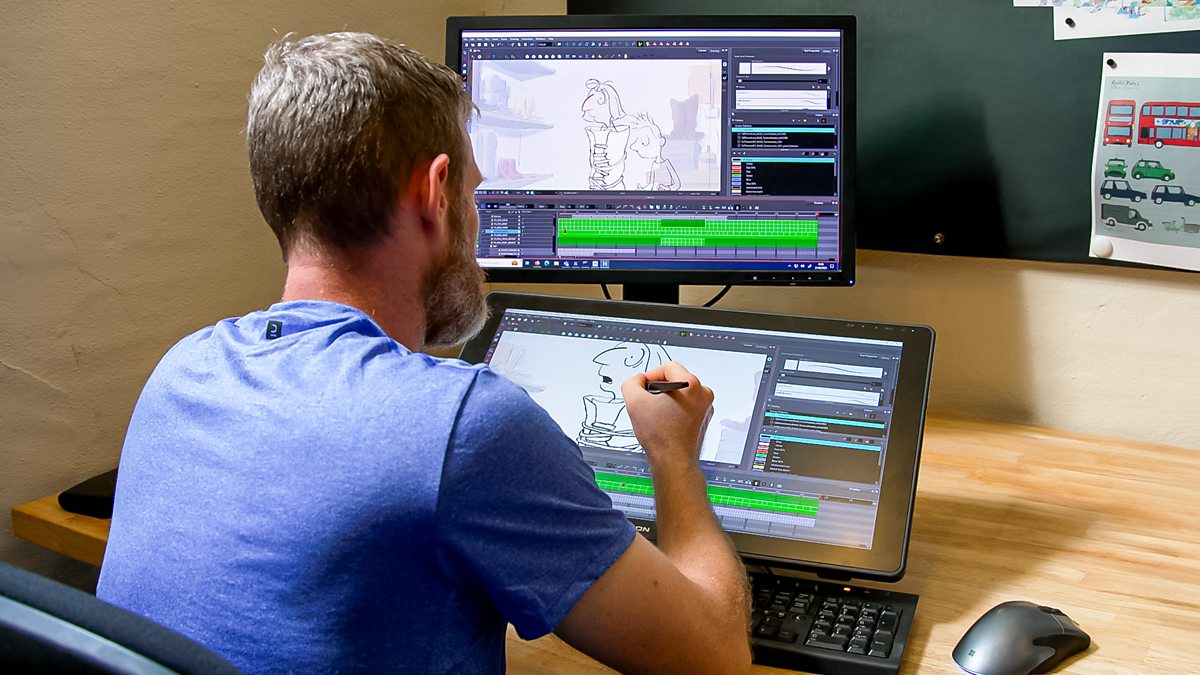
The Technical Process: A Step-by-Step Journey
The rotoscoping process, while seemingly complex, can be broken down into several distinct stages. Each step requires precision, creativity, and a keen eye for detail.
Pre-Production and Planning
Before any rotoscoping can begin, thorough pre-production and planning are essential. This stage involves understanding the creative vision, identifying the specific elements to be rotoscoped, and planning the workflow. It’s crucial to establish a clear roadmap to ensure the process runs smoothly and efficiently.
Footage Preparation
The quality of the final rotoscoped element heavily depends on the initial footage. This stage involves preparing the live-action footage, ensuring it’s clean, well-lit, and free from any distractions or artifacts. Properly prepared footage makes the rotoscoping process more straightforward and yields better results.
Rotoscoping Techniques
The heart of the process lies in the actual rotoscoping techniques. Artists use specialized software to trace the desired elements frame by frame. This meticulous work involves creating shapes or splines that outline the element, ensuring a precise and accurate silhouette. Advanced techniques, such as motion tracking and stabilization, further enhance the process, making it more efficient and accurate.
Clean-Up and Refinement
Once the rotoscoping is complete, the next step is to clean up and refine the traced elements. This stage involves smoothing out any jagged edges, correcting any mistakes, and ensuring a seamless integration with the rest of the scene. It’s a critical step to ensure the final output looks natural and professional.
Compositing and Integration
With the rotoscoped elements refined, the final stage involves compositing and integrating them into the scene. This process requires a keen eye for detail and a deep understanding of lighting, color, and composition. The goal is to seamlessly blend the rotoscoped elements with the rest of the scene, creating a cohesive and visually appealing final product.
The Future of Rotoscoping: Innovations and Opportunities
Despite its rich history, rotoscoping remains a vibrant and evolving field. With advancements in technology and software, the future of rotoscoping looks promising. Here are some trends and innovations shaping the future of this art form:
AI and Machine Learning
Artificial Intelligence and Machine Learning are poised to revolutionize rotoscoping. These technologies can automate certain aspects of the process, such as object detection and tracking, significantly reducing the time and effort required. AI-powered rotoscoping tools are already making waves, offering more efficient and accurate results.
Virtual Reality and Augmented Reality
The rise of VR and AR technologies opens up new avenues for rotoscoping. Artists can now create immersive, interactive experiences by rotoscoping live-action elements and integrating them into virtual worlds. This technology has the potential to transform the way we experience stories and narratives.
Real-Time Rotoscoping
The demand for real-time content, such as live broadcasts and streaming, is on the rise. Real-time rotoscoping, which involves processing and manipulating live-action footage in real-time, is an emerging field. This technology enables the immediate application of visual effects, offering exciting opportunities for live performances and events.
Collaborative Platforms
The future of rotoscoping also lies in collaborative platforms and tools. These platforms allow artists and professionals from around the world to work together, sharing knowledge and resources. Such collaboration can lead to innovative techniques and a faster, more efficient rotoscoping process.
How does rotoscoping enhance storytelling in films and animations?
+Rotoscoping is a powerful tool that enhances storytelling by creating visually captivating scenes. It allows filmmakers to bring imaginative concepts to life, adding depth and realism to narratives. Whether it’s creating magical effects, transforming characters, or crafting immersive environments, rotoscoping elevates the viewer’s experience, making stories more engaging and memorable.
What are some famous films that have utilized rotoscoping extensively?
+Rotoscoping has left its mark on numerous iconic films. Some notable examples include Waking Life, which used rotoscoping to create a unique, dreamlike aesthetic, and A Scanner Darkly, which blended live-action with animation to tell a compelling sci-fi story. Other films like Who Framed Roger Rabbit and The Lord of the Rings trilogy also utilized rotoscoping for their special effects.
What are the challenges faced by rotoscopers in the modern era?
+While technology has advanced, rotoscoping still presents challenges. Artists must deal with complex scenes, intricate details, and ever-increasing expectations for visual quality. The need for precision, creativity, and an understanding of various software tools makes rotoscoping a demanding yet rewarding field.
